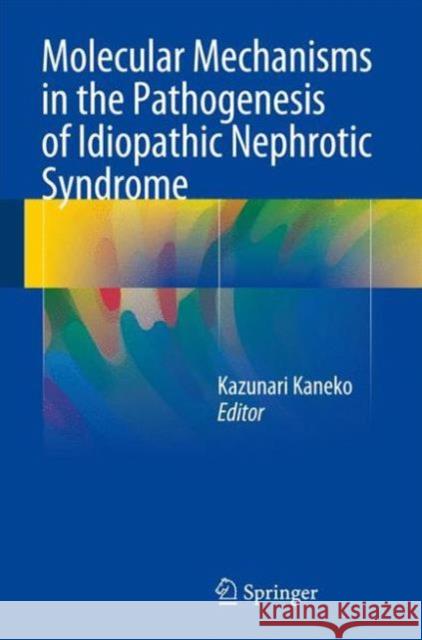Molecular Mechanisms in the Pathogenesis of Idiopathic Nephrotic Syndrome » książka
topmenu
Molecular Mechanisms in the Pathogenesis of Idiopathic Nephrotic Syndrome
ISBN-13: 9784431552697 / Angielski / Twarda / 2015 / 240 str.
Molecular Mechanisms in the Pathogenesis of Idiopathic Nephrotic Syndrome
ISBN-13: 9784431552697 / Angielski / Twarda / 2015 / 240 str.
cena 391,77 zł
(netto: 373,11 VAT: 5%)
Najniższa cena z 30 dni: 385,52 zł
(netto: 373,11 VAT: 5%)
Najniższa cena z 30 dni: 385,52 zł
Termin realizacji zamówienia:
ok. 20 dni roboczych.
ok. 20 dni roboczych.
Darmowa dostawa!
Molecular Mechanisms in the Pathogenesis of Idiopathic Nephrotic Syndrome











